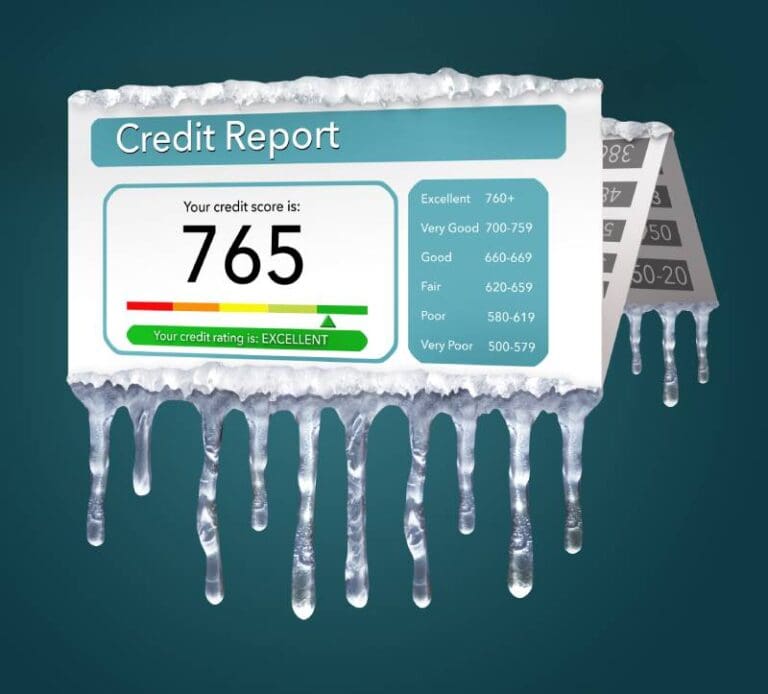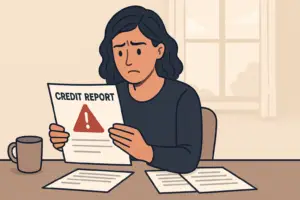Identity theft is a serious concern, in the U.S. and around the globe. According to a study by Javelin Strategy, in 2021 alone, the theft of consumers’ personal information for illegal gain affected 15 million Americans who lost $24 billion. The more brazen criminals that contacted their victims directly in identity fraud scams stole $28 billion from nearly 27 million consumers last year. Unfortunately, identity theft is still on the rise, especially since the pandemic, because the number of people conducting business online increases every passing year.
While there’s no guaranteed strategy for avoiding identity theft, taking precautions in advance and monitoring credit reports in order to catch and respond to problems swiftly can significantly improve security and minimize the harm if fraudulent transactions are processed or accounts created. One of those precautions is known as a “credit freeze.”
What is a Credit Freeze?
Most people have heard of credit freezes, but there is a lot of confusion about exactly what it means to freeze your credit report and what impact it may have on your credit or access to credit.
A credit freeze is simply an instruction to the credit bureau not to release your credit report. While certain entities, such as your current creditors, will still have access, the credit reporting agency won’t share information when a prospective creditor makes an inquiry. Of course, most creditors won’t open an account without checking your credit, so this simple step can stop many attempts to open accounts in your name.
There’s no charge for a credit freeze with any of the three major credit reporting agencies—TransUnion, Experian, and Equifax—or for lifting the freeze. Placing a freeze on your credit report doesn’t impact your credit history or credit score, but it does mean that you’ll have to plan ahead if you want to apply for credit yourself. You’ll have to lift the freeze temporarily each time you want to apply for credit. While the status change theoretically takes effect immediately, there can actually be a lag, so you’ll generally want to lift the freeze at least an hour before you attempt to process a new credit application.
How is a Credit Freeze Different from a Fraud Alert?
A fraud alert doesn’t prevent prospective creditors and other parties from viewing your credit report. Rather, the entity making the inquiry will get access to your credit report, but will also receive a message directing them to call you for verification before extending new credit. A fraud alert can be more efficient if you are planning to apply for new credit, as you won’t have to lift it and re-activate it as you would with a credit freeze. But, fraud alerts are time-limited, and the time period varies depending on your circumstances.
Placing a Freeze on Your Credit Report
Although the common phrasing “your credit report” suggests a single item, most people have multiple credit reports, the most commonly-used of which are generated by the three major credit bureaus listed above. If you decide to freeze your credit reports, you’ll have to contact each of the credit bureaus separately. Each offers an online process for freezing your credit report.
A Credit Freeze or Fraud Alert is Just One Piece of the Protection Puzzle
While a credit freeze, fraud alert, or combination of the two enhances security, neither is foolproof. These precautions aren’t a substitute for monitoring your credit report and taking immediate action when erroneous or fraudulent entries appear. And, identity theft can take other forms that won’t require pulling your credit report at all, such as unauthorized withdrawals or transfers from your bank account. It is important to regularly review both your credit reports and your existing accounts for unfamiliar entries.
Help is Available
If you’ve been the victim of identity theft or have discovered inaccurate entries on your credit report but been unable to resolve them, we can help. Call (212) 500-6114 or fill out the contact form on this site to learn more about how the law protects you.







